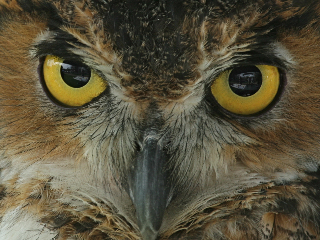 We’re immersed in winter but nature is still busy outdoors.
We’re immersed in winter but nature is still busy outdoors.
Chuck Tague published his “What To Look For” phenology for mid-to-late January, so get ready to brave the cold. Here’s a hint of what to expect in southwestern Pennsylvania. Click here for Chuck’s complete list.
- Great horned owls are nesting now. Listen for owls hooting to establish territory and make contact.
- Red-tailed hawks are courting too. Watch for pairs soaring together and calling.
- Songbirds begin to sing again: northern cardinals, song sparrows, carolina wrens and tufted titmice.
- Winter finches are still here. I’m hoping for an evening grosbeak.
- As the northern lakes freeze over, watch for unusual gulls on Pittsburgh’s rivers.
- Foxes and raccoons are breeding.
- The days are getting longer. Since December 21st, we’ve gained 18 minutes of daylight in the afternoon – but we’ve lost some in the morning. By the end of January daytime will be 10 hours long!
- Don’t forget to look for tracks in the snow.
As Chuck says, “During winter expect the unexpected.” I agree! There’s more to see than you’d think.
(close-up of a Great Horned Owl by Chuck Tague)
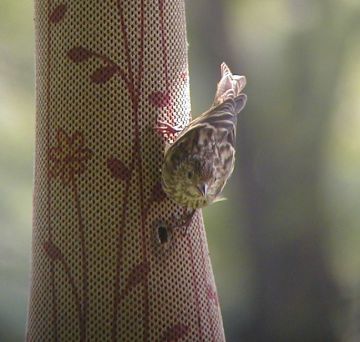 Last weekend we were supposed to be inundated with snow, sleet and freezing rain. (We weren’t.) Meanwhile there were great birds to see in the Pittsburgh area:
Last weekend we were supposed to be inundated with snow, sleet and freezing rain. (We weren’t.) Meanwhile there were great birds to see in the Pittsburgh area: 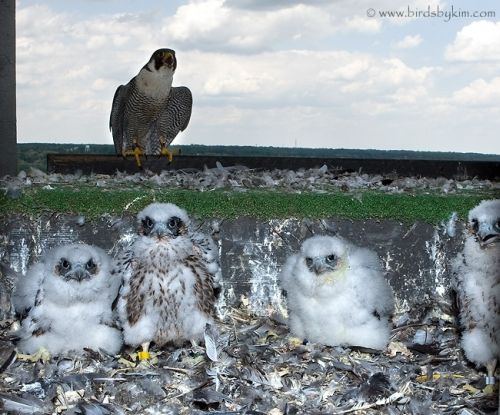
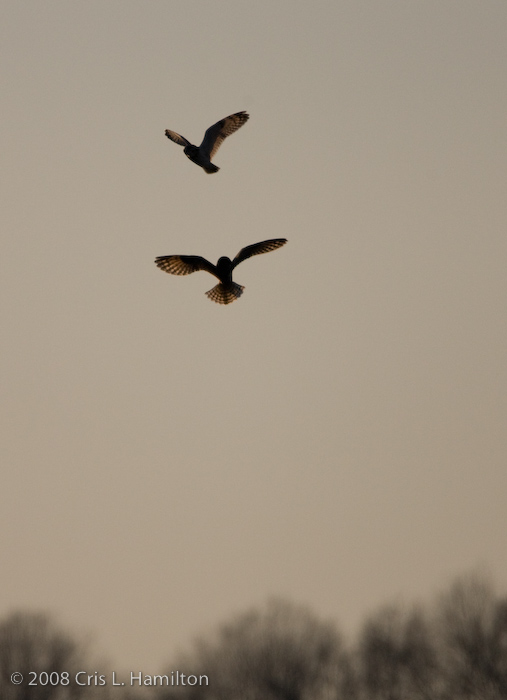
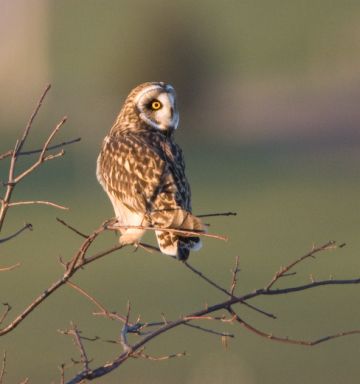

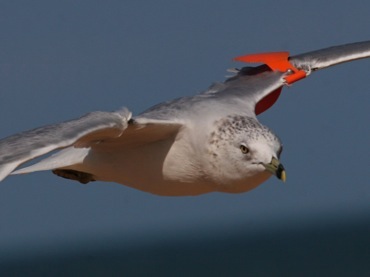
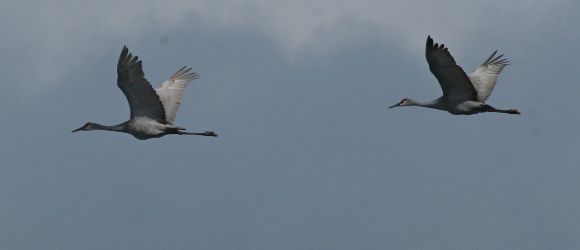
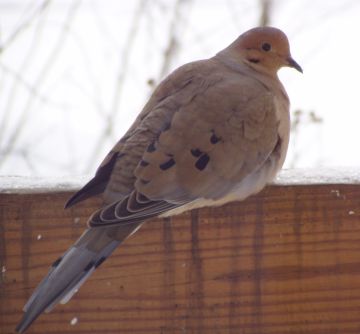 The first bird I saw in this new year was a
The first bird I saw in this new year was a